Asus' ROG Ares II: Four Dual-GPU Graphics Cards, Compared
Earlier this year, Asus joined the extreme high-end graphics club with its own dual-Tahiti-based card, liquid-cooled and overclocked. You can't buy it anymore, but we got our hands on one and are adding it to our database of performance data.
Asus ROG Ares II: The Challenger
A Close Look at the Asus Ares II
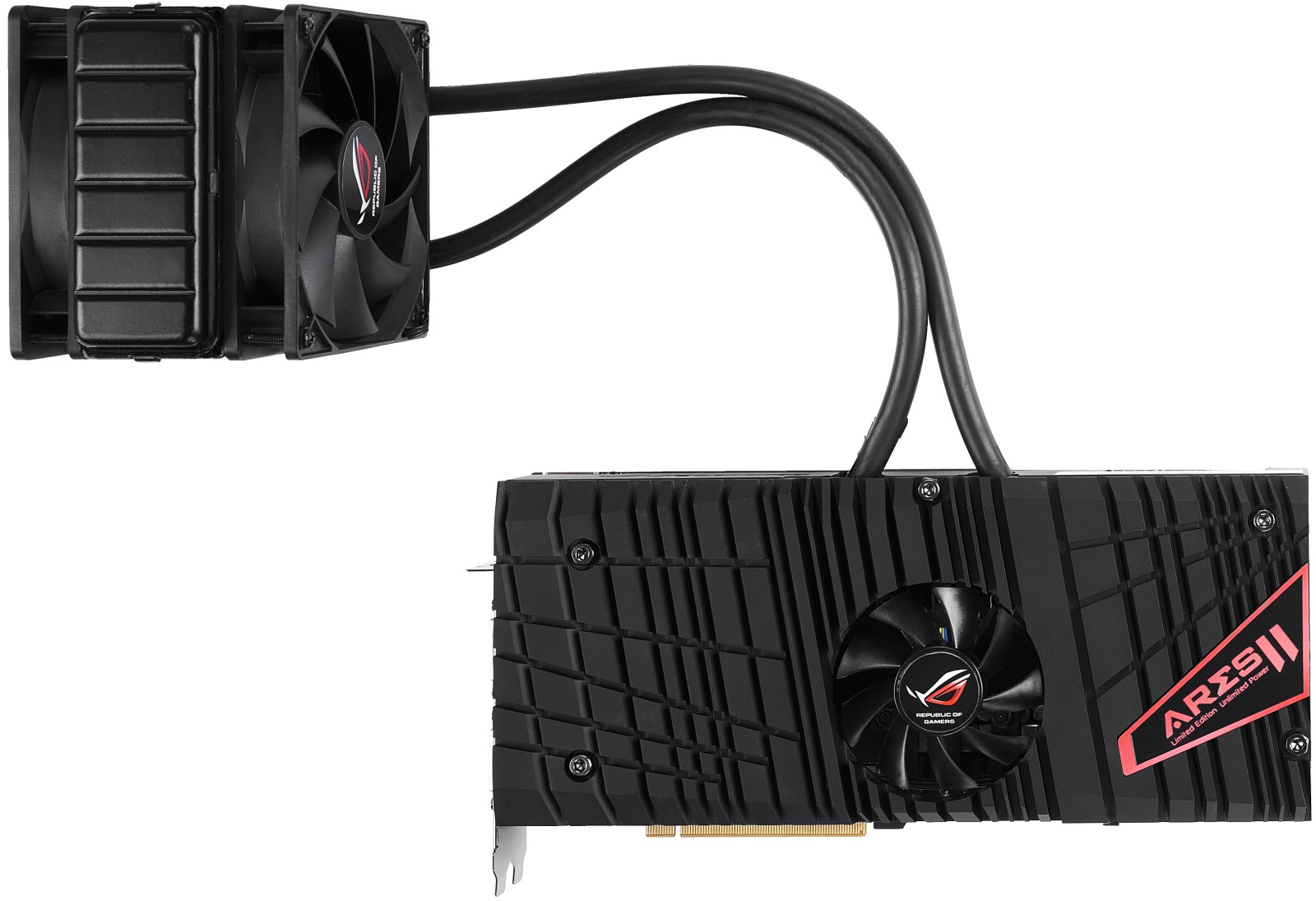
Asus didn’t cut any corners designing its Ares II. Marketing was likely responsible for the Greek god of war's name on the card. What we want to know is whether the engineers were able to make good on such a bold moniker.
The Ares II basically bears the specs of two Asus Matrix Radeon HD 7970 Platinum cards running cooperatively. Its GPUs are GHz Edition chips, but they ship at factory-overclocked frequencies. Normally, you'd find those ASICs running at 1 GHz with a 1,050 MHz boost state. Asus operates them at 1,050 MHz and then boosts to 1.1 GHz. As we've seen from other boards, the boost clocks are active until the card operates under full load for long enough and the temperatures spike, triggering a clock rate reduction.
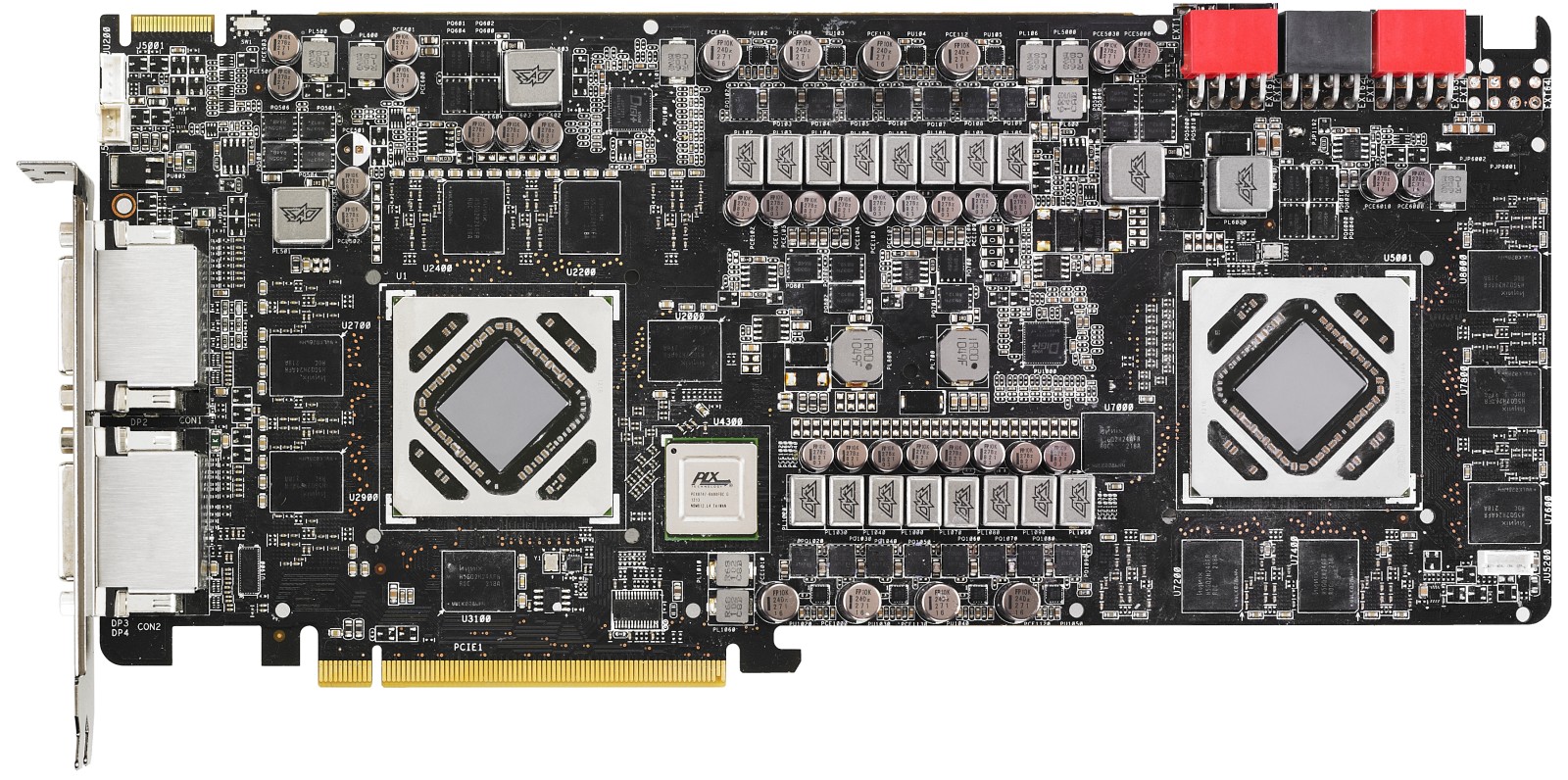
Each of the two GPUs has 3 GB of memory, totaling the specified 6 GB. The memory operates at an effective 3.3 GT/s. It goes without saying that this is one hot card.
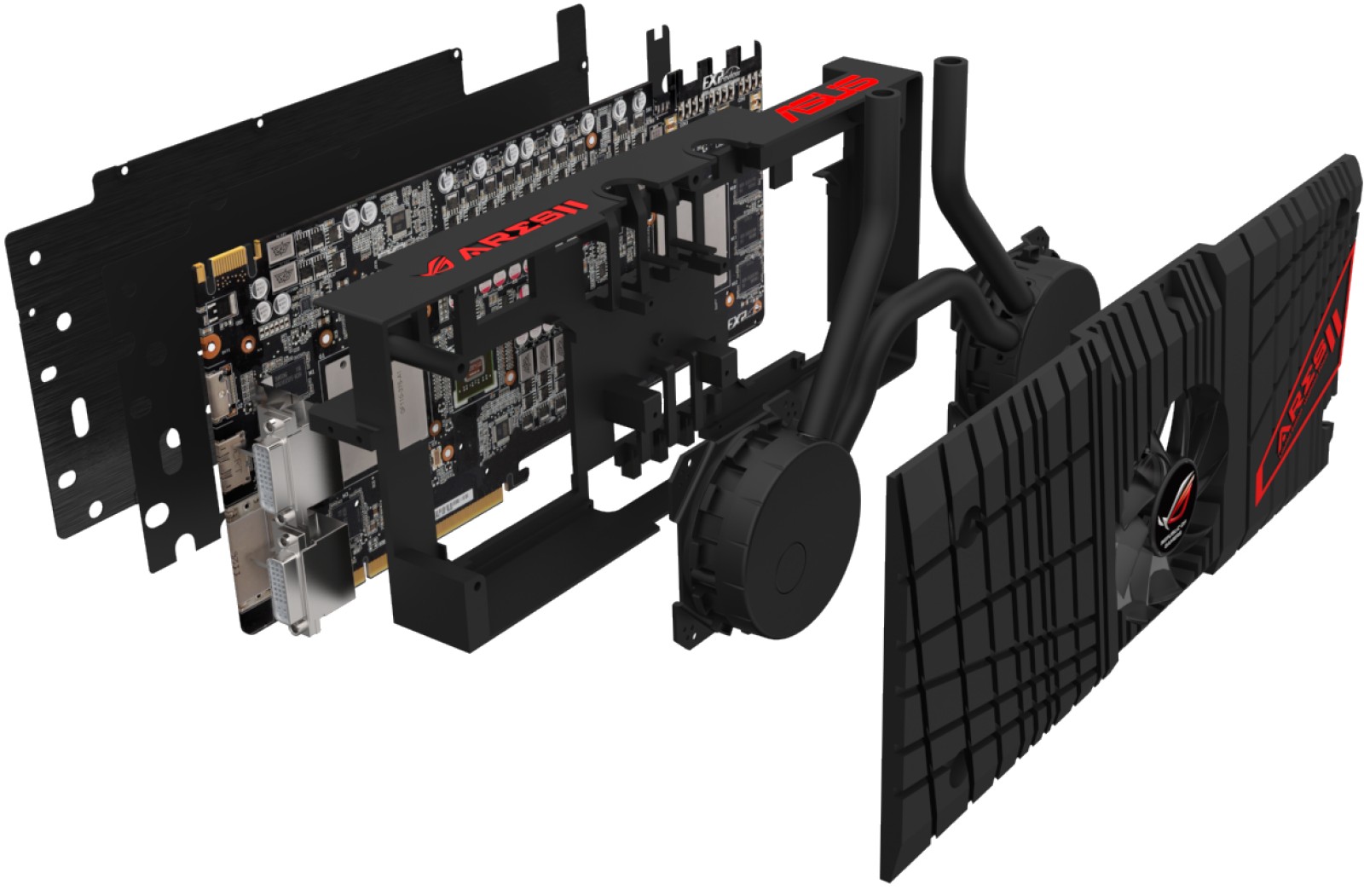
For that reason, Asus decided to use a hybrid cooling solution for its Ares II. A compact closed-loop water cooler draws heat away from each of the GPUs, while an 80 mm fan in the middle of the card helps keep the memory and power circuity cool.
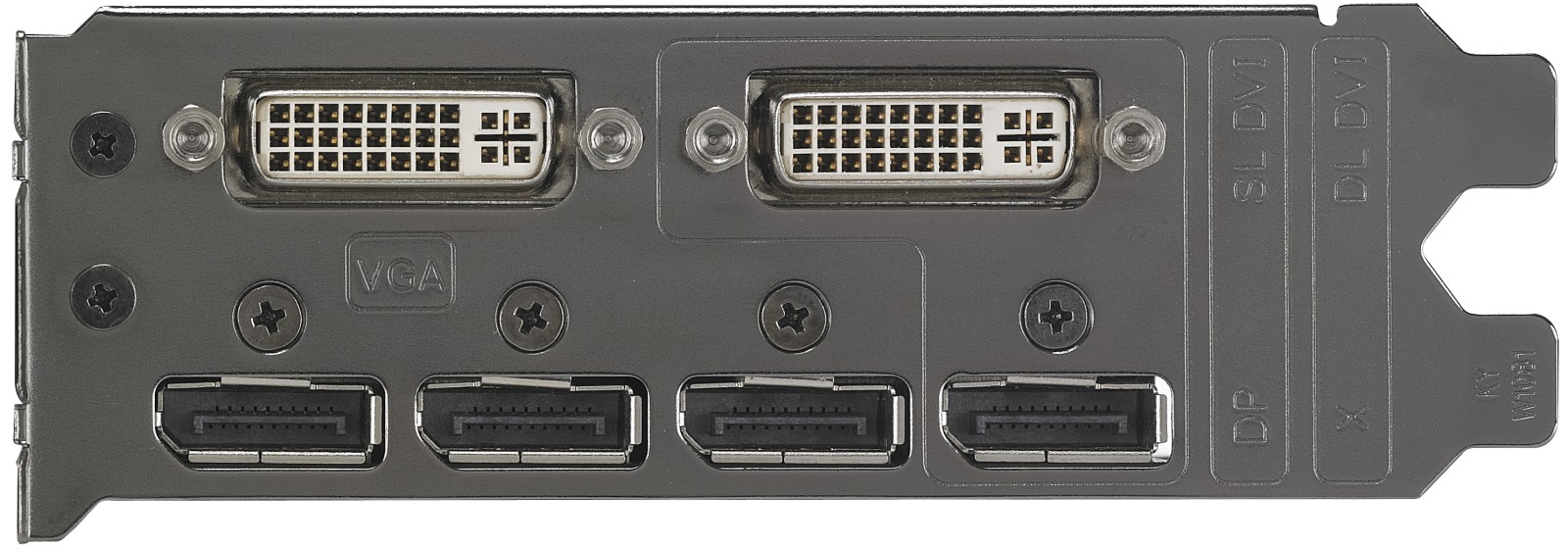
The Ares II sports a total of four DisplayPort and two DVI connectors. Because its cooling solution is largely liquid-based, none of the rear I/O panel space is needed for ventilation (though that 80 mm blower does recirculate heat into your case). This configuration facilitates up to six displays in Eyfinity without needing a multi-stream transport hub. One of the two DVI outputs is dual-link-capable, which you can toggle using a switch next to the CrossFire connector, depending on the resolutions you require.
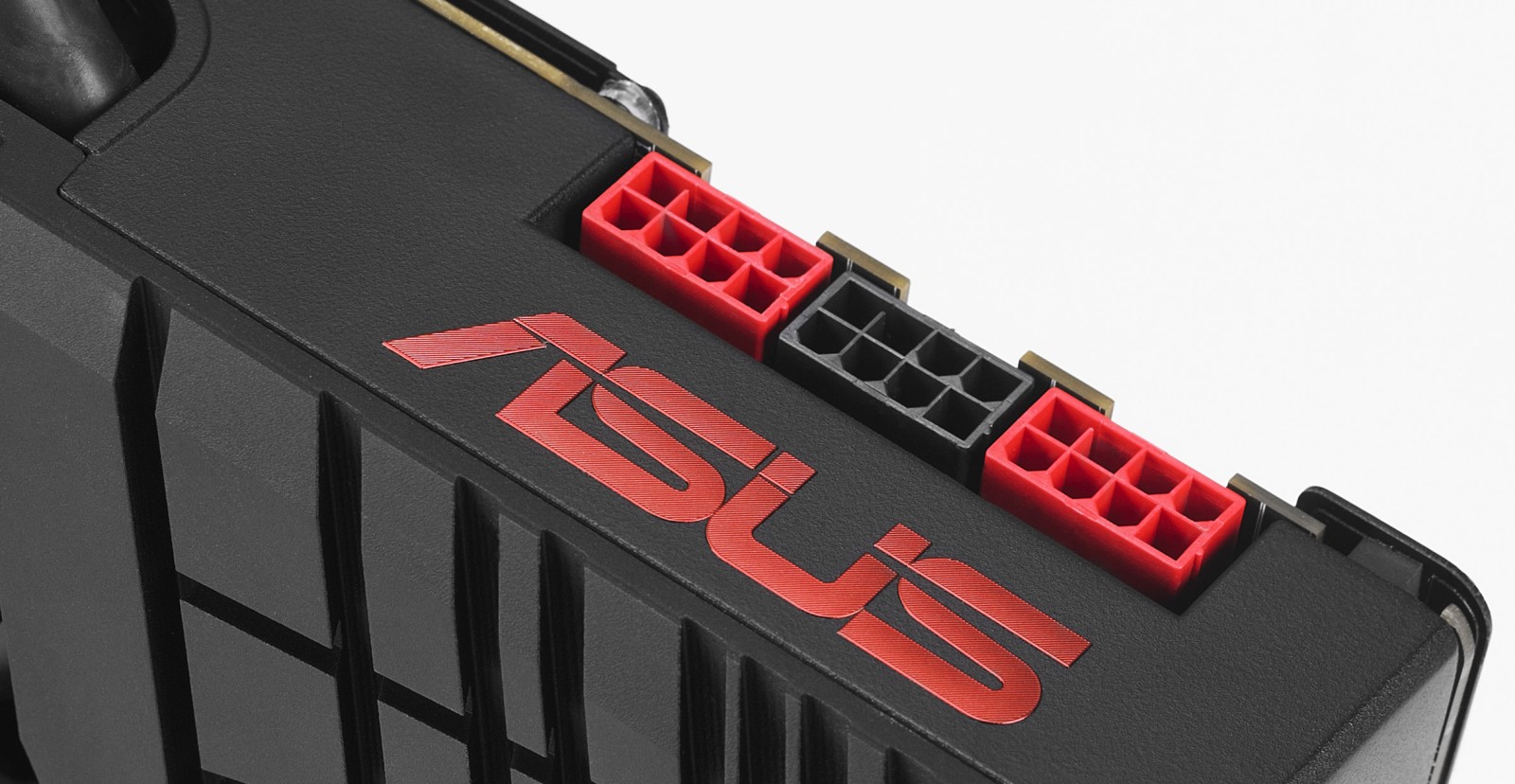
As with some of the other dual-Tahiti cards we've tested, Asus' Ares II employs a whopping three eight-pin auxiliary power connectors. These should be able to deliver up to 525 W when you count the PCI Express slot's 75 W-output. Don't think the card can come anywhere close to that level of power draw? You might be surprised to learn it even exceeds it by quite a bit, depending on what you're doing. At least 525 W is enough for gaming.
Stay On the Cutting Edge: Get the Tom's Hardware Newsletter
Get Tom's Hardware's best news and in-depth reviews, straight to your inbox.
Current page: Asus ROG Ares II: The Challenger
Prev Page The Benchmark System Next Page The Competition: Two Dual-Tahiti Cards And GeForce GTX 690-
UltimateDeep I think you can get 2 690s or least 3 680s for the price of an ARES 2. The benchmarkers didn't evaluate Performance per watt, or Performance per dollar and the flipping size and length of each card which is the reason why I still stand by the GTX 690 in this article... For all these cards, all of that personally needs to be taken into consideration.Reply
I've nothing against the Dual 7970s but just want to let consumers be aware of the pros and cons especially the cards are not for the meek of wallet. -
dkcomputer Classic statement whenever you talk about AMD - "If only the software were better" or "When the software catches up" - how about "If only this component would be relevant when the software its made for exists"Reply -
PadaV4 So is the fps for radeon dual cards already divided by 2 or must the reader do it by himself?Reply -
ShadyHamster ReplyYou can't buy it anymore, but we got our hands on one and are adding it to our database of performance data.
If you live in Australia and have a spare $1900 you can still get your hands on one.